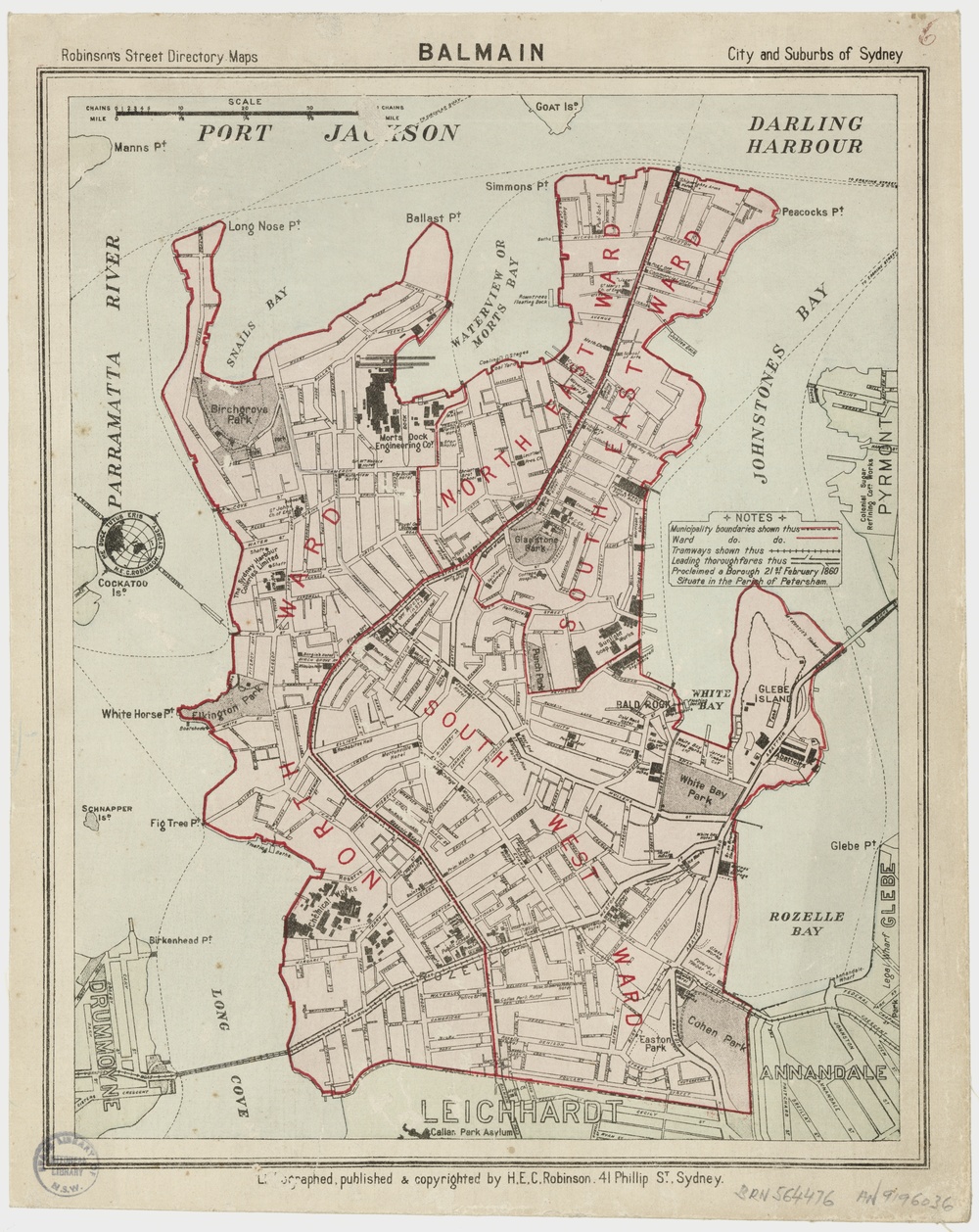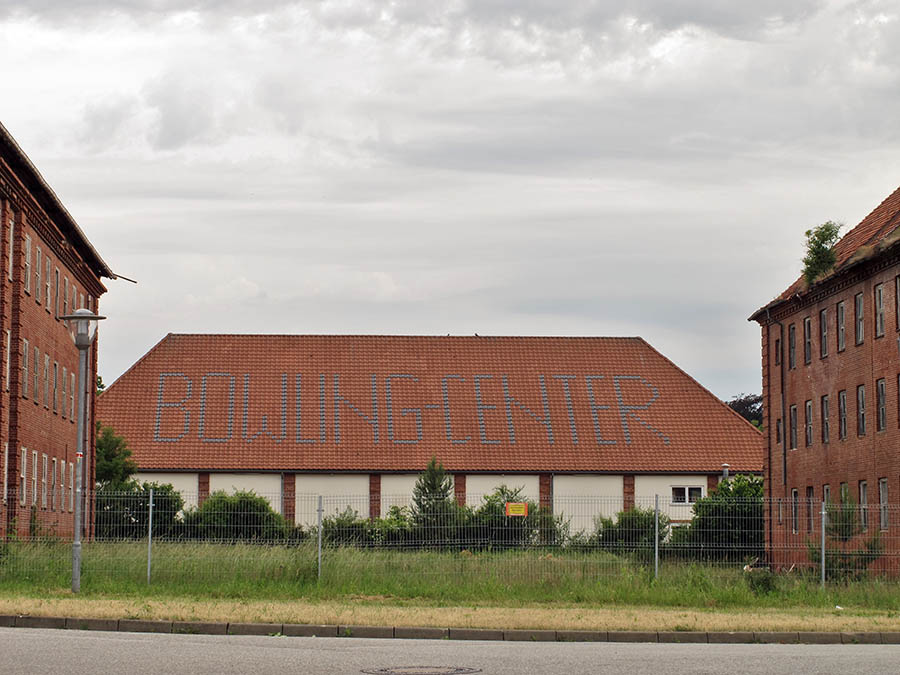
Architecture has been a big passion of mine since I have lived in Tokyo. Iconic buildings from the postwar era brought to life the Japanese economic miracle, and I began portraying some of them here. It ended up being one of the mainstays of this blog, with more than 100 buildings or structures featured, not just in Japan but on all five continents.
What follows is a mini-guide of Tokyo’s architecture as written about on this blog, with an emphasis on the postwar period from 1950-1970. The buildings span architectural masterpieces by Japan’s starchitects, spiritual buildings and complexes, and relatively unknown gems. Collectively they help paint a picture of the remarkable transformation this country and this city has undergone (and to some extent still is).
Continue reading

